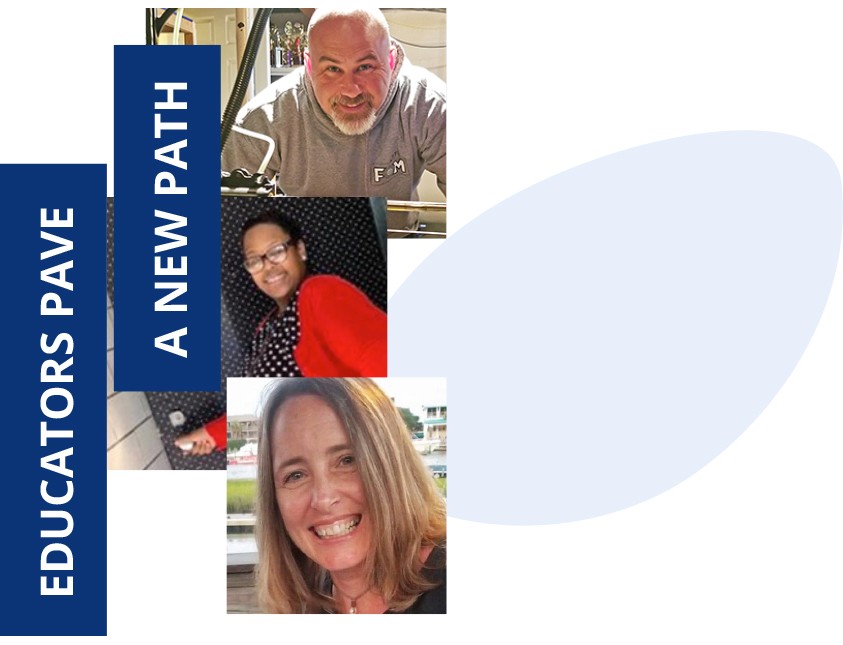Educators pave a new path: Members of the American Federation of Teachers reflect on 2020
While we wrangle with COVID-19 safety precautions and limitations, we are already finding ways to offer some of that work outside the school walls. But there is more to be done before the racial, social, and economical injustices and disparities that require teachers — and schools — to do so much necessary work.
We need to take advantage of this opportunity to redefine and redesign education into something that will increase student achievement and improve teacher retention during COVID-19 and into the future. If we all put our minds together, it could be far easier, far better, far greater than if we try to tackle this separately.
Just as teachers are stronger together in a union, like the American Federation of Teachers (AFT), we are stronger together — working as a collective. Together, we could reimagine our schools and communities to make them stronger and better so that teachers can focus on our job: teaching.
Below, two fellow educators reflect on the challenges of our new normal firsthand.
—Corinne Lyons, Detroit, Michigan
Michael Shunney, West Warwick, Rhode Island – A lesson in 3-D printers with lives on the line
My first distance learning assignment was about Josef Prusa, a man from the Czech Republic who decided to use his 3-D printer to support the COVID-19 response in his country. In three days, he went from a basic concept to having a face shield prototype approved by the Czech Ministry of Health.
This made me think we could take the abstract skills from class and apply them to help our community. So, I asked my students to research his story and answer a variety of questions, such as, “How much did it cost?” and, “What type of materials did they use?” And, at the end of the assignment, I asked if they felt they had enough skills to step up to the challenge and make their own face shield.
The students got to work. We made arrangements to remove the 3-D printer equipment from the school, which was closed due to the pandemic, and dropped it off at our students’ houses. Before we knew it, at the height of concerns about personal protective equipment shortages, they developed hundreds of face shields to deliver across our community.
Our first goal was to support the food service workers in the West Warwick School System who were handing out daily lunches. And then the next thing you know, we were partnering with a local hospital that had a desperate need. Then it spread to a couple of AFT Visiting Nurses Associations.
All in, we distributed 4,574 face shields and another 4,588 ear protectors in Rhode Island. It really had an impact because everyone was pitching in to support. West Warwick Public Schools and the West Warwick Teachers Alliance AFT Local #1017 were all fantastic.
This is going to go down in the history books. And everyone who is helping out right now — in any way they are able — can say they helped prevent the spread or keep someone safe.
Michele Bushey, Saranac, New York – “This pandemic proves we need internet for all”
The majestic beauty of the densely forested mountains that surround Saranac, New York is what makes people fall in love with our town in the Adirondacks. But those same mountains also make it difficult to get sorely needed internet access, Wi-Fi, and cell phone service throughout this region.
I am a high school biology teacher and the Saranac Teachers Association President. I’m responsible for 89 students and for helping to address the systemic educational inequities that face our schools. In “normal” times, the lack of internet service in our community is a constant and serious issue. With the disruption of COVID-19, the lack of internet and access to technology is adversely affecting our student’s ability to learn.
Most days, I’m on the phone and available to answer questions and review lessons — for kids both with and without internet — from about 6 a.m. to midnight.
Like other school districts, we switched to a hybrid system with some students in the classroom, and others joining through Zoom and online platforms to provide instruction. Our situation can change from week to week, and when COVID-19 cases started surging in our schools, we had to adjust. For the students without internet access or technology, this meant photocopying lesson paper packets and then delivering them to our students in need. I reach out directly — one-to-one — to these students to provide alternate instruction. Most days, I’m on the phone and available to answer questions and review lessons — for kids both with and without internet — from about 6 a.m. to midnight.
This pandemic proves we need internet access for all. I will never give up advocating for my students and for equity in education. As a biology teacher, I see these kids as the next generation of medical and research heroes. This is my 27th year of teaching, and I am beyond grateful to be the one in the classroom and on Zoom with my students to help them learn and get through this challenging world crisis.
Even with all my worries, I believe a greater good will come from this. I believe we will be better bonded to our communities because of this, whenever we come out the other side.
★





